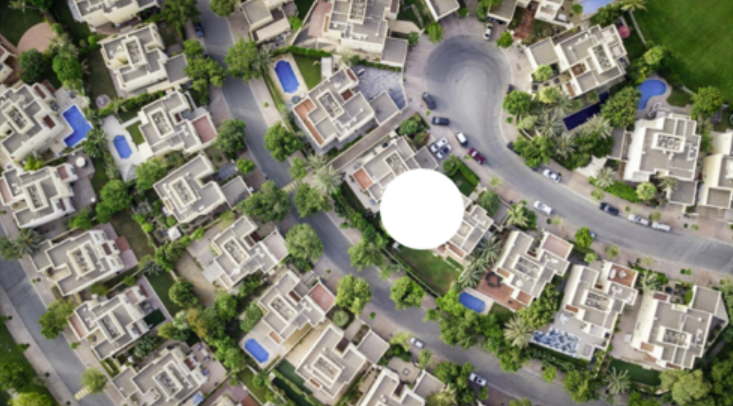
Advantages of BTR Developments:
4.1. Affordability: BTR communities often offer more affordable rental options compared to other housing types. The focus on workforce housing allows developers to cater to the specific needs and budgets of working individuals and families, offering reasonable rental rates that align with their income levels.
4.2. Quality and Amenities: BTR developments prioritize the creation of well-designed, modern living spaces with high-quality amenities. These communities often feature shared recreational areas, fitness centers, communal spaces, and convenient access to nearby amenities such as parks, schools, and shopping centers.
4.3. Flexibility and Convenience: BTR residents benefit from the flexibility of renting without the responsibilities of homeownership. They can enjoy the perks of a well-maintained property and professional management, including maintenance services and streamlined leasing processes.
4.4. Long-term Stability: BTR developments offer long-term rental options, providing stability and peace of mind for tenants who seek a sense of permanence without the commitment of homeownership. This stability can support a stronger sense of community and enhance overall quality of life.
Impact and Potential:
The BTR model has gained traction across the United States as developers recognize its potential to address the workforce housing crisis. By increasing the supply of affordable rental units, BTR developments help alleviate pressure on the housing market and provide viable options for working individuals and families. Additionally, BTR communities can contribute to revitalizing neighborhoods, fostering community engagement, and promoting economic growth.
Conclusion:
The shortage of workforce housing and low inventory in the United States pose significant challenges for individuals and families seeking affordable homes. However, the emergence of Build-to-Rent (BTR) developments offers a promising solution. BTR projects provide affordable, well-designed rental options tailored to the needs of the workforce, addressing the underbuilding and low inventory issues. As BTR continues to gain momentum, it has the potential to alleviate the affordable housing crisis and create more sustainable.





